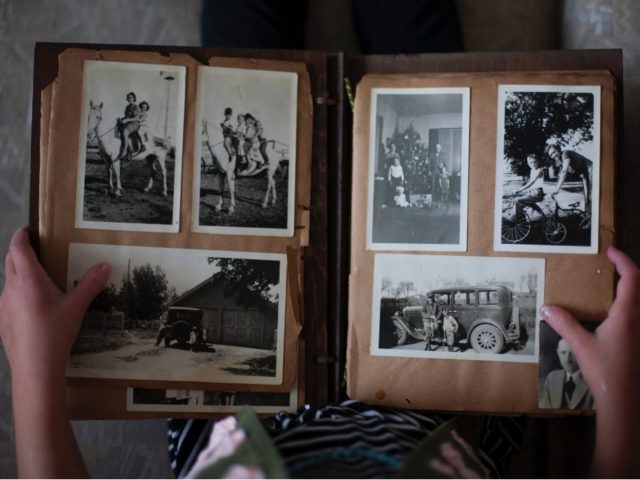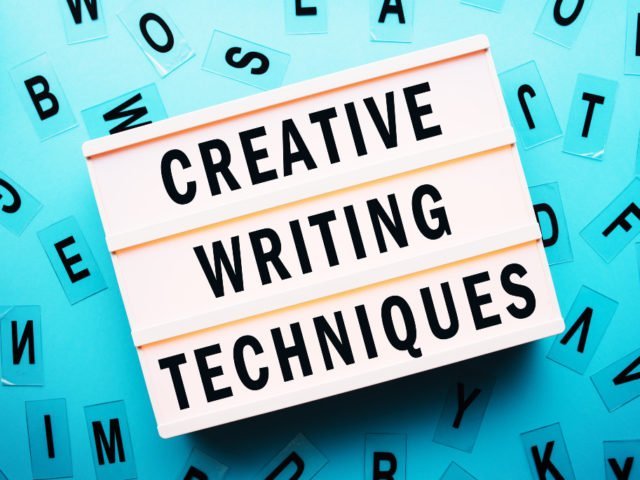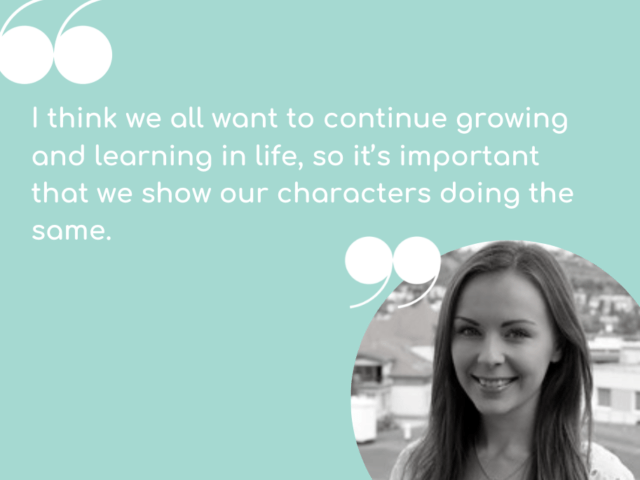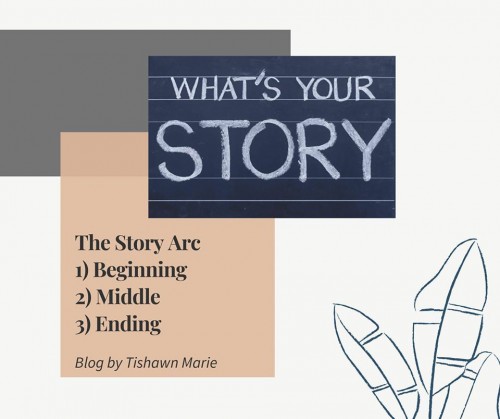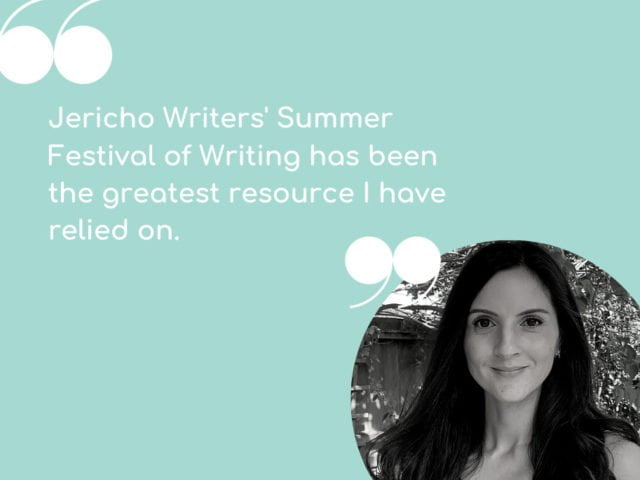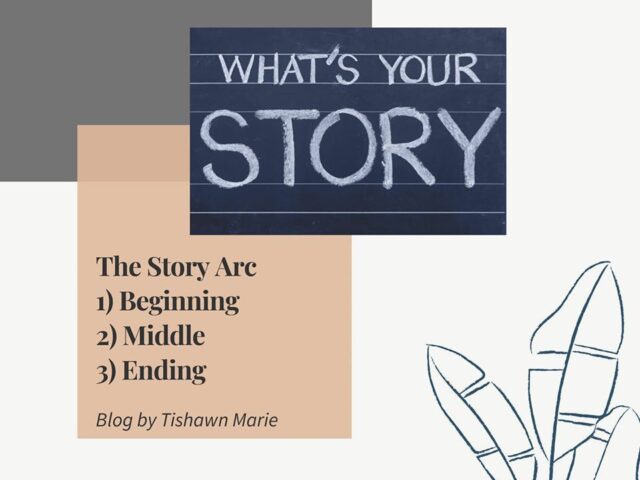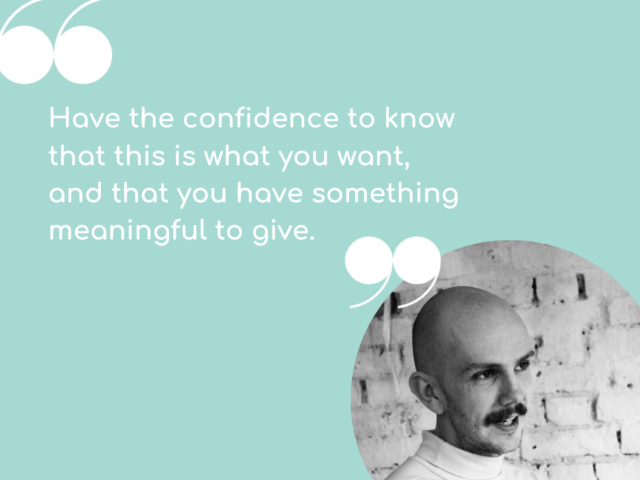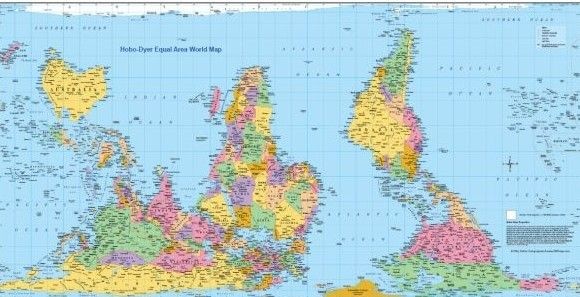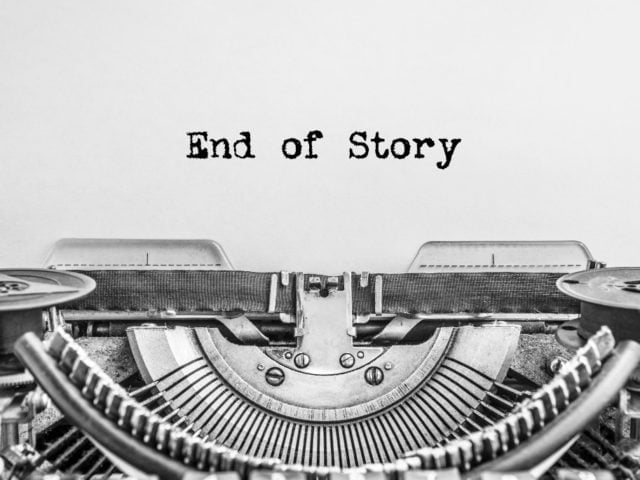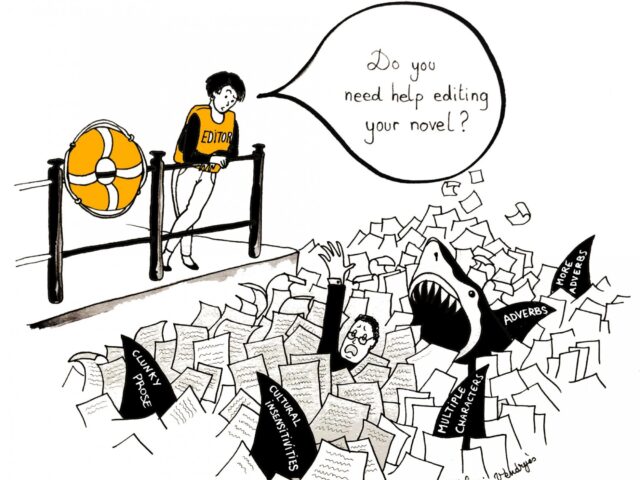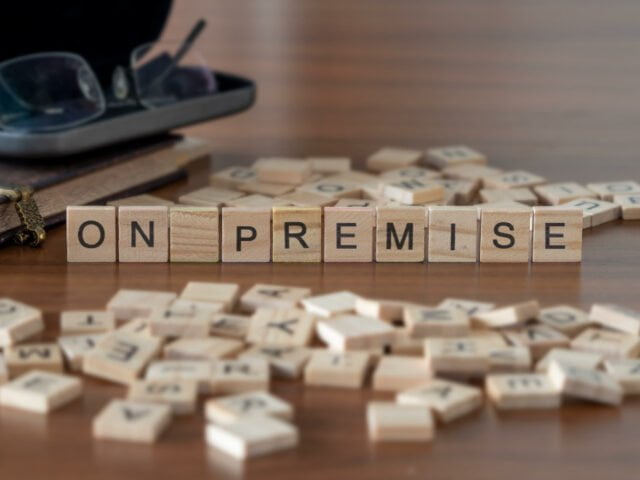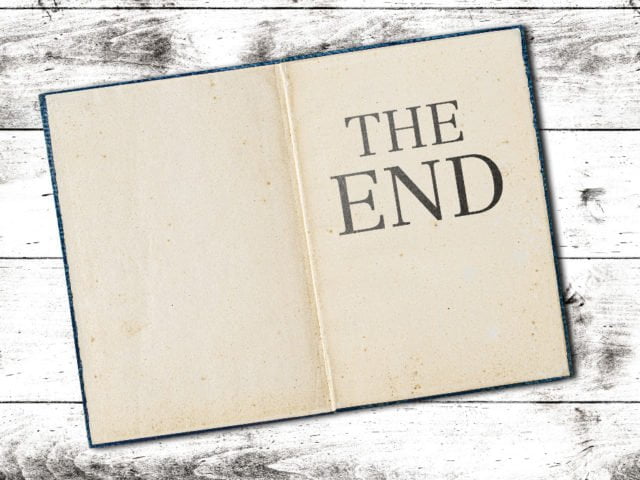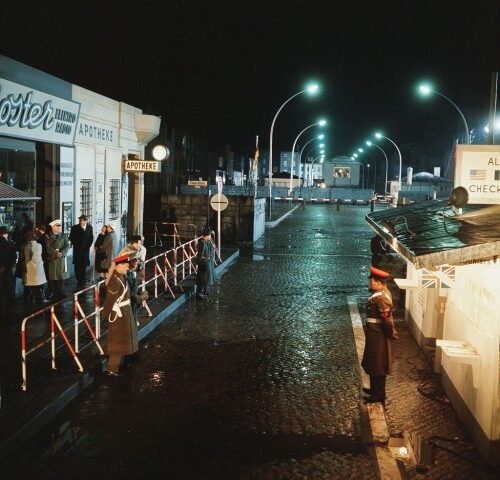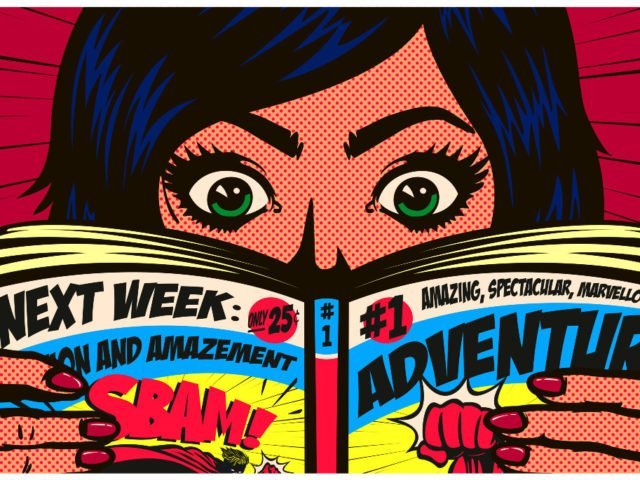Sitting down to read or write a fantasy book feels a little like finding yourself in ‘The Wood Between Worlds’ in C.S. Lewis’s The Magician’s Nephew. Endless doors and avenues surround you, each one filled with its own rich cast of heroes, villains, creatures, and monsters. At least, that has always been my experience of the genre. Like Polly and Diggory in the first instalment of The Chronicles of Narnia, fantasy literature has constantly offered me a gateway to a whole new world of imaginative possibility. It can be exciting, absolutely, but it goes without saying that that endlessness can also make the process of writing your own fantasy novel quite daunting.
One of the best things to bear in mind when you do feel a little lost in your fantasy world is that a fantasy novel has, at its heart, a set of conventions. Although it is the job of the writer to ensure that their fantasy story does not become too predictable or formulaic, being able to break down and understand the tropes that make up your favourite stories can help make the process of writing your own fantasy books a lot more manageable.
In this article, I’ll be examining one of the most important fantasy literature conventions: the fantasy character. Within this, I will be exploring the ten most popular types of fantasy characters, their importance to the story, as well as some notable examples, in order to show you exactly how having a good grasp of character can strengthen your fantasy writing.
Fantasy Archetypes
Although the word ‘fantasy’ frequently conjures up ideas of complex worldbuilding and intricate magic systems, it is the stories’ characters which are, ultimately, the lifeblood of every good fantasy novel. Dealing as it does with faraway lands and high-risk stakes, fantasy characters have, in many ways, a more integral role within the story than most other literary genres; we cannot necessarily relate to the fantasy setting, so we must be able to relate to the characters that exist within them.
After all, we can only come to believe in the story if we recognise something of ourselves or those around us within its characters. Without that, the power of the central conflict is lost on us. If we don’t engage with, or even understand, the story’s characters, then we cease to care about what happens to them. As anyone who has ever stayed up crying about the fictional fate of their favourite fantasy character will tell you, a story’s power and resonance are only as strong as the reader\'s emotional attachment to its characters.
And how do we achieve that emotional connection? By ensuring that our characters are fully fleshed out, three-dimensional characters, with their own motivations, flaws and emotions. In that way, even if we cannot relate to their abilities or their otherworldliness, chances are that we can share in the motivations and emotions which drive them. By understanding the role that your characters play within the wider story, this process of developing compelling characters will become less difficult.
Just as every story is different, so is every character. But characters tend to fall within certain groups/categories (each with their own tropes) that are important to consider in your own fantasy writing.
Types Of Fantasy Characters
Fantasy stories are rife with memorable characters of all kinds. Here is a list of ten of the most common types of fantasy characters.
1. The Hero
Understandably, the most important character in every fantasy story is its main hero. This is our main character, the one whose perspective we chiefly follow, and the figure whose primary role is to resolve the conflict that is driving the action of the story. Although fantasy heroes can look, sound, and act very differently from one another, it is helpful to think of them as the kind of engine driver of the story.
For theorists like Joseph Campbell, who outlined the narrative archetype of The Hero’s Journey, the fantasy story structure can be boiled down to these basic elements: the hero goes on an adventure, learns a lesson with newfound knowledge, and then returns home transformed. Whilst not all fantasy stories stick exclusively to this idea, this archetype is useful in illustrating how integral the hero is to the story’s structure: if we don’t root for them and their mission, then the story falls flat on its face.
Although the hero is committed to resolving the story’s conflict, it doesn’t necessarily have to be the case that they choose the role that they have been given: some might relish their role as a hero in the traditional warrior sense, whilst others might find themselves an altogether more reluctant protagonist.
However, it doesn’t have to be the case that the hero acts as the story’s moral epicentre. Whilst crafting a hero who is understandable and, by extension, sympathetic, is crucial, a fantasy hero is by no means bound to a strict ethical code of conduct. In many ways, the tension and intrigue within the story come from how the hero is forced to confront a darker, more questionable side to their character.
Examples: Celaena Sardothien/Aelin Galathynius (the Throne of Glass series), Paige Mahoney (the Bone Season series), Kvothe (The Kingkiller Chronicles), Vin (the Mistborn series), and Alina Starkov (the Grisha trilogy).
2. The Villain
Wherever there is a fantasy hero, there is, of course, a fantasy villain. This is the person who, often, is causing the main story’s conflict; they are the story’s primary antagonistic force and it is their desires and ambitions that the fantasy hero needs to confront. It doesn’t always have to be on the same scale but, frequently, the fulfilment of the villain’s goals spells danger not only to the hero’s life but, potentially, to the fantasy world at large.
Although the villain’s ambitions are undoubtedly immoral, one thing to keep in mind when it comes to crafting a compelling villain is that pure evil is not, in itself, enough of an excuse. In many ways, suggesting that the villain acts the way that they do, or even desires world domination ‘just because they are evil’ risks the story’s credibility.
As mentioned above, if we are to believe in the story and its stakes, we have to understand what is motivating every character involved. Rather than suggest that your fantasy villains are programmed to be inherently bad, show that their goal is tied to a deeper, emotional want. By giving them some kind of origin story, which explains their current conduct, you add a depth and complexity which heightens our emotional investment in the story.
Examples: Davy Jones (Pirates of the Caribbean), Cersei Lannister (A Song of Ice and Fire series), Eli Cardale (Vicious), The Darkling (the Grisha trilogy), The Jackal (the Red Rising trilogy).
3. The Mentor
Named in honour of the figure of the self-same name who guides the young Telemachus in Homer’s The Odyssey, the mentor is the figure who, as the title suggests, helps support our hero through the story’s trials and tribulations. More often or not, they are the figure with the most knowledge of what is going on in the wider context of the story and, as such, have the practical, hard-won wisdom needed to help the hero progress. Often this relationship of dependency and trust means that the hero and the mentor share a uniquely special relationship, one that resembles an almost parental bond.
Unfortunately, by virtue of how much the mentor knows, it is almost always necessary for the mentor and the hero to part ways. After all, where would the fun be if the conflict was resolved too quickly or easily? Unless the mentor has a desire to be difficult for the sake of it, this will often mean that the mentor has to be taken out of the main story somehow, leaving the hero free to apply the lessons they have learnt from their time with them.
Although this can sometimes mean being incapacitated elsewhere, commonly this will culminate in the mentor being killed off. Ultimately, their role is to provide the hero with the tools necessary to solve the conflict, but it is not always the case that they will be there to see the resolution come about.
Examples: Brom (Eragon), Magnus Bane (the Mortal Instruments series), Obi Wan Kenobi (Star Wars), Chiron (the Percy Jackson series), and Gandalf (The Lord of the Rings).
4. The Sidekick
Although not necessarily the driving force of the story in the same way fantasy heroes or fantasy villains are, fantasy sidekicks are an essential element in creating a believable story. Much like the mentor, they offer a crucial source of support to the hero; since they are not necessarily figures with the same kind of knowledge or skills, this support is more often emotional than practical. Their relationship with the hero is integral—they are true friends, with a bond forged out of years of trust and commitment, and it is, consequently, this connection which enables the sidekick to see the good in our fantasy hero, and to offer them the self-belief they need to move forwards.
Whilst the sidekick can sometimes resent their role as the lesser shining star to our hero’s supernova, it is their relatability and, frankly, their relative ordinariness which gives them their narrative power. They are the ones we recognise as being most like ourselves: on a meta level, it is the reader who, like the sidekick, is mentally rooting for the hero and, thus, it is the sidekick who acts as our mouthpiece when they give our hero a necessary pep talk.
Examples: Grover Underwood (the Percy Jackson series), Samwell Tarly (A Song of Ice and Fire series), Samwise Gamgee (The Lord of the Rings), Rose Tyler (Doctor Who), Wayne (the Mistborn series).
5. The Love Interest
Much like fantasy villains, the love interest can be a challenging character to get right. Given the fact that their relationship with the main character is chiefly romantic, it is easy for their character to be reduced entirely to this relationship. As such, the risk with writing the love interest is that we do not see them beyond their romantic role, or give them enough of an individual character arc or set of external motivations and desires to make them well fleshed out.
If you get the love interest right, however, their presence is an integral way of humanising the story’s conflict, by reminding us of the many relationships that are being put in jeopardy by the antagonistic forces that be. As already mentioned, if we don’t believe in the emotional stakes of the story, we don’t feel the full force of the story’s resolution.
Examples: Cardan Greenbriar (the Folk of the Air trilogy), Annabeth Chase (the Percy Jackson series), Rowan Whitethorn (the Throne of Glass series), Queen Sabran (The Priory of the Orange Tree), and Rhysand (A Court of Thorns & Roses series).
6. The Alternative Hero
Just one glimpse at the size of the latest Brandon Sanderson or George R.R. Martin book will tell you one very basic thing about fantasy books; they are weighty tomes overrun with a vast tapestry of characters. Given how the main fantasy archetypes only run to a handful of those characters, it makes sense for there to be some additional backup forces to help out our key players. With the stakes being as high as they are—and let’s be honest there is nothing more intense as a potential apocalypse—it would make sense for our hero to have some extra helping hands. Cue, the alternative hero.
To help understand their role, and more particularly, how they are distinguished from the sidekick or the mentor, it is best to think of the alternative hero in the mould of Tolkien’s character Aragorn: like Gandalf and Sam, he supports and believes in Frodo and his ability to save the day, but unlike the other two he assists chiefly by concentrating on what he can do, from his end, to tackle the conflict. Essentially, he empowers the main hero by providing as clear a path forward as he can towards that longed-for resolution.
Examples: Simon Lewis (the Mortal Instruments series), Tane (The Priory of the Orange Tree), Helene (An Ember in the Ashes series), Roran (The Inheritance Cycle), and Prince Caspian (The Chronicles of Narnia).
7. The Secondary Villain
Much like our backup heroes who give ‘team good’ their additional power, our villains would be nowhere near as intimidating or threatening were it not for those secondary villains propping them up. This secondary villain fundamentally operates as our main villain’s henchman; they are not so much the brains behind the operation, as the brawn, the one who carries out the dirty work in pursuit of the villain’s ultimate goal.
What makes the secondary villain so interesting is the very fact that their involvement with the main villain is less out of a genuine, emotional commitment and more a result of circumstance or compulsion. They are not necessarily bad because they want to be, or because they believe in the merits of the villain’s plan, but rather they feel they must follow along. Sometimes, they might even register the consequences of their actions, or experience inner turmoil for the damage they have caused. As with any character, it is this tension and nuance which adds emotional complexity and interest.
Examples: Luke Castellan (the Percy Jackson series), Grace Blackthorn (The Last Hours trilogy), Niclays (The Priory of the Orange Tree), Tamlin (A Court of Thorns and Roses series), Theon Greyjoy (A Song of Ice and Fire series).
8. The Magical Aide
What is the beauty of fantasy books, after all, if not for all the many wonderful supernatural entities that you can find within them? Whether they be fauns or griffins, vampires or fae, our magical characters are what give fantasy books a special kind of excitement and interest. They function as a sign of how extraordinary- literally- our fantasy worlds are and it is their existence which differentiates fantasy novels from the standard fictional book. In other words, they make our fiction fantastical.
Given how often magic and the supernatural can be misused in fantasy, the involvement of friendly magical creatures can help demonstrate the way that the fantastical or the magical are, inherently, neutral. As it is not so much magic or the supernatural that is wrong as the people who use those forces for evil.
Examples: Mr Tumnus (The Chronicles of Narnia), Toothless (How to Train Your Dragon), Kilgarrah, the Great Dragon (Merlin), Buckbeak (the Harry Potter series), Saphira (The Inheritance Cycle).
9. The Monster
As with the balance of villain and hero, the good magical creatures must have their opposite in a fantasy story. Enter the monster. Now, unlike the villain, this antagonistic force doesn’t have to have anything recognisably human about them: in all honesty, it is the essential inhumanity of our favourite fantasy monsters which makes them so terrifying and effective. In contrast to near enough every other figure in a fantasy novel, monsters need very little motivation and drive other than a primal urge to commit mayhem and pain. They are not the driving force behind the conflict, but they are the ones who see this conflict as a beneficial opportunity. As such, they cannot be reasoned with or deterred—in the vast majority of fantasy writing, it is unlikely that they can even be redeemed.
Examples: The demons (The Shadowhunter Chronicles), Shelob (The Lord of the Rings), The Chitauri (The Avengers), the Army of the Night King (Game of Thrones), and the walking dead (The Walking Dead).
10. The Rival/Foil
The rival is a character that is easy to confuse with figures like the secondary villain, or even the alternative hero. These are the characters that act as a foil to our main character and it is their proximity, or even their similarity to our main character, which gives them their enigmatic power.
Think of the term ‘rival’ less as an indication of how antagonistic they are in the wider context of the story, and more about the ways in which they operate as a balancing force to your central hero. More often than not, these characters have personalities which clash, or which cause them to resent each other, but, as it becomes apparent as the story goes on, there is more that unites these characters than divides them. Whether it is the fact that they share a similar backstory, a similar set of skills or even the same love interest, the rival reads like a character that, in a different story, might well have been our central character. And it is their presence in the story which forces the main character to prove their heroism and individuality: if there is a potentially more plausible hero out there, then our main hero has to justify why it is their story, and not the foil’s.
Examples: Neville Longbottom (the Harry Potter series), Sir Lancelot (Merlin), Han Solo (Star Wars), Robb Stark (Game of Thrones), Lysandra (Throne of Glass).
Frequently Asked Questions
What Types Of Characters Are In Fantasy?
Although this list is by no means exhaustive, there are chiefly ten main character types that can be found within fantasy stories: the hero, the villain, the mentor, the sidekick, the love interest, the alternative hero, the secondary villain, the magical aide, the monster, and the rival/foil. Whilst there is scope to play around with the role that each plays within the story, each of these figures are important characters who have some kind of involvement with the wider conflict and it is partially their relationship to this central action which shapes their conduct and perspective.
What Are Three Characteristics Of Fantasy?
By definition, fantasy is a genre that typically features three things: magical or supernatural forces and entities, a plot or world-building system which concerns a central quest or a set of adventures, and a cast of complex, well-developed fantasy characters.
How Do I Make A Fantasy Character?
To create a fantasy character, focus in on the characteristics that will make them comprehensible to your reader. The easiest way to do this is to remember that characters drive the plot and that what primarily drives everyone’s actions is a goal; zero in on what every character wants at the end of the story and why. That gives your character their motivations and, depending on the nature of those goals or the methods they go about trying to achieve them, their flaws.
Creating Fantasy Characters
Although the beauty of fantasy is often in how it offers us the chance to explore an exciting, new world and magic system, it is worth remembering how important character is to grounding your story. Whether it be a paranormal, urban fantasy partially set in the real world, a fantastical fairy tale, or an epic fantasy set in a completely unfamiliar one, compelling characters provide a vital bridge in your story between us, the reader, and your fantasy setting.
Given how tied up we can often be with plotting and worldbuilding, it is understandable to feel slightly stumped when it comes to generating ideas for your fantasy characters. (Here are some fantasy prompts which may help you get started.) By providing a basic overview of the main iconic character types, a list of well-known examples and their importance to the wider story, this guide aims to show you how you can use these fantasy roles as building blocks for creating your own cast of memorable characters.



